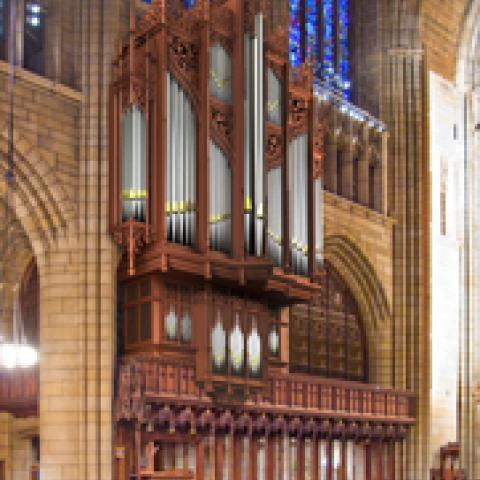
Dobson Pipe Organ Builders has completed Opus 91 for Merton College. Commissioned in celebration of Merton’s 750th anniversary, the organ finds its home in the College’s Chapel, whose construction was begun around 1290 and was completed by 1450.
The oldest of the thirty-eight University of Oxford colleges, Merton has a vibrant chapel music program under the leadership of Benjamin Nicholas, the Reed Rubin Organist and Director of Music, and Peter Phillips, the Reed Rubin Director of Music. The Rev. Dr. Simon Jones is the Chaplain, and Paul Hale served the College as organ consultant.
Opus 91 is only the third mechanical-action organ by an American builder to be sent to England. John Scott of St. Thomas Church Fifth Avenue in New York City will present the inaugural dedication recital on Saturday, April 26. For information on this and other dedicatory programs, visit www.dobsonorgan.com.



